The Truth About EVs and Range - How to Tell if an EV Range Is Accurate
There are new reports of an EV from China, the Zeekr 001, that gets 641 miles of range. This is using a new battery from CATL, a Chinese battery supplier, called a Qlin battery. The battery pack size will be 140 kWh. The cost of this version of the vehicle is supposedly $43,500. It has also reportedly sold a few thousand units of various versions of the vehicle, with not all having 641 miles of range. In fact, it is reported that this version of the vehicle with 641 miles of range will only have 1,000 units produced.
First off, when I read that there is a $43,500 EV with 641 miles of range and a 140 kWh battery, I immediately have to think about a few things. The first is if this is the truth or not. If it is true, then CATL's Qlin battery has new technology that is making batteries more efficient. The second is that this company has figured out manufacturing cost reduction techniques that nobody has figured out. I consider this unlikely. I think that because the Zeekr 001 had 1,000 units produced, that it sold those for a loss in order to give the appearance that its vehicles have superior range to other EVs. I'll explain why.
Let's do some calculations using my Model 3 RWD with LFP batteries - which are also from CATL. The Tesla Model 3 RWD is the gold standard for range efficiency. Many things affect the range of a vehicle including the weight, type of battery, driving habits, aero-dynamics, weather temperature, tires, and more.
I've driven it about 6,300 miles now in about 6 months, and I have been keeping data about how much range I've gotten and under what conditions. Tesla offers a few very useful metrics to determine this. The first is Watt-hours-per-mile. This tells you how many watts you are using from your battery to go 1 mile. 1,000 watts is equal to one kilowatt. A kilowatt is the gold standard for saying about how big a battery pack is - or how much energy can be retrieved from a battery pack.
In warm weather (70 degrees or more) and hyper-mile driving my Tesla Model 3 RWD, I've been able to get an average of about 180 Watt-hours-per-mile. In my best driving scenario, where I had more down hills than uphills, I got a staggering 138 Watt-hours-per-mile. I kept my speed at 60 or below on freeways and annoyed drivers behind me, but I wanted to see how low I could get it. This is with tires at 45 PSI, the car washed completely clean to reduce any drag, and avoiding any unnecessary acceleration. I have the 18-inch aero tires from Tesla. The Tesla Model 3 RWD weighs about 4,500 pounds from what I've seen online. There are many different weights given for it, so I just took the heaviest one.
We can calculate this as:
* 180 Watt-hours-per-mile is 5.55 miles per kWh with perfect driving conditions
* 138 Watt-hours-per-mile is 7.25 miles per kWh with beyond perfect driving conditions

The 138 Watt-hours-per-mile isn't realistic because I had a lot of downhill driving. Still, in my 272 EPA mile range Tesla Model 3 RWD, the Tesla energy screen projected a continued range of 370 miles with my battery at 85%. I can calculate the overall range I would have gotten on my 60 kWh battery pack, since this was just a couple of days after I got my vehicle:
370 / .85 = 435 miles of range. If I could somehow drive downhill more than uphill (which isn't quite possible), I get a rated range of 435 miles on my Tesla Model 3 RWD at 138 Watt-hours-per-mile.
A better indication is to use the 180 Watt-hours-per-mile with 5.55 miles per kWh. You can simply take 5.55 miles per kWh * 60 kWh battery pack size and get 333 miles of range. Here in Utah, in warm weather, with perfect driving and a clean car with inflated tires at 45 PSI, I can expect my maximum range to be about 333 miles of range. That's pretty good!
I wrote about the cost per mile of Tesla's vehicles, and the Tesla Model 3 RWD is about $162 per mile. This is my experience with EVs, and I'll use this to compare the Zeekr 001 now to see if they are telling the truth - or if there is something more to their vehicles.
Examining the Zeekr 001
The Zeekr 001 weighs about 5,170 pounds from what I've seen online. There are reports that the CATL Qlin battery is about 13% more efficient than Tesla's best batteries as well. Let's take what the Zeekr 001 has reported about it and see if a 641-mile range vehicle is the truth.
The Zeekr 001 has 140 mWh battery pack, and it weighs more than the Tesla Model 3 RWD. Weight matters in an EV, and this vehicle weight about 700 pounds more. This is about a 13% increase over the Tesla Model 3 RWD.
Let's take a look at my perfect driving scenario for the Tesla Model 3 RWD and that is 5.5 miles per kWh. If you take the 641 miles of range for the Zeekr 001, you can see if this is in the ballpark of truth. 5.5 miles per kWh * 140 kWh battery pack = 770 miles of range. That metric checks out. However, the car is 13% heavier. If you take 13% of 770 miles of range, you get 669 miles of range - much closer to the stated 641 miles of range.
Next, let's look at the cost of the Zeekr 001. It's about the same as a Model 3 RWD. This immediately begins to raise questions and red flags in my mind. If only 1,000 vehicles of this type were sold, how can they sell it for such a low cost? The cost per mile of the Zeekr 001 is a staggering $68 per mile. This blows any EV out of the water I've seen, including the Tesla Model 3 long range, which is at about $138 per mile.
The only way a company could sell a vehicle like this at $43,500 with a range of 641 miles and a 140 kWh battery pack is if they are selling it at a loss. I think that is what is happening in this case. The company is most likely making the vehicle for much more than its selling cost, but selling 1,000 of them to get market penetration. If customers see an EV with 641 miles of range that cost as much as a Tesla Model 3 RWD, the perception will be that they are superior. In terms of range, they are superior.
But, the cost to produce the vehicle is probably close to 50% or more of what they are selling for. They are paying for the cost of market penetration. And, what is the software like on these EVs - there is a lot to consider.
Is CATL's Qlin battery pack that much more efficient than Tesla's? A CATL Qlin battery pack is saying that 641 EPA range / 140 kWh battery pack = 4.57 miles per kWh. The Tesla Model 3 RWD, one of the world's most efficient vehicles, is 272 EPA range / 60 kWh battery pack = 4.53. That's only a 1 % improvement over the Tesla Model 3 RWD.
I can conclude that the Zeekr 001 is indeed a 641-mile range EV with a 140 kWh battery pack. I think that's the truth. When looking at the range of an EV, you must compare it to existing EVs that have actual data and factor in:
* Weight
* Battery pack size
* How many kWh per mile for the battery pack size
* The cost the vehicle is being sold for
The cost per mile is at such a low number for this vehicle that I have to believe it is being sold at a big loss. If I take the Tesla Model 3 long range at $138 per mile and use that for the Zeekr 001, I can do 641 miles of range * $138 and get $88,458. I think the cost to produce this vehicle is about double what it is being sold for. Unless the company making it has figured out some kind of manufacturing technique nobody, not even Tesla, has figured out, then it's a marketing promotion from what I can tell.
My Conclusion About Range in EVs
To conclude, whenever you get the specs for an EV claiming a certain range, look at its weight, battery pack size in kWh, and the cost the vehicle is being sold for. Take the cost of the vehicle and divide it by its range. If it's much lower than the Tesla Model 3 long range's $138 per mile, then you either have a vehicle with a radical breakthrough in battery technology or a vehicle being sold at a significant loss. Also, look to see if the vehicle has entered mass production and economies of scale. If it hasn't, most likely it's being sold at a loss.
Do you think the Zeekr 001 is being sold at a loss? It appears to be so from what I can see.
Leave your comments below, share the article with friends and tweet it out to your followers.
Jeremy Johnson is a Tesla investor and supporter. He first invested in Tesla in 2017 after years of following Elon Musk and admiring his work ethic and intelligence. Since then, he's become a Tesla bull, covering anything about Tesla he can find, while also dabbling in other electric vehicle companies. Jeremy covers Tesla developments at Torque News. You can follow him on Twitter or LinkedIn to stay in touch and follow his Tesla news coverage on Torque News.


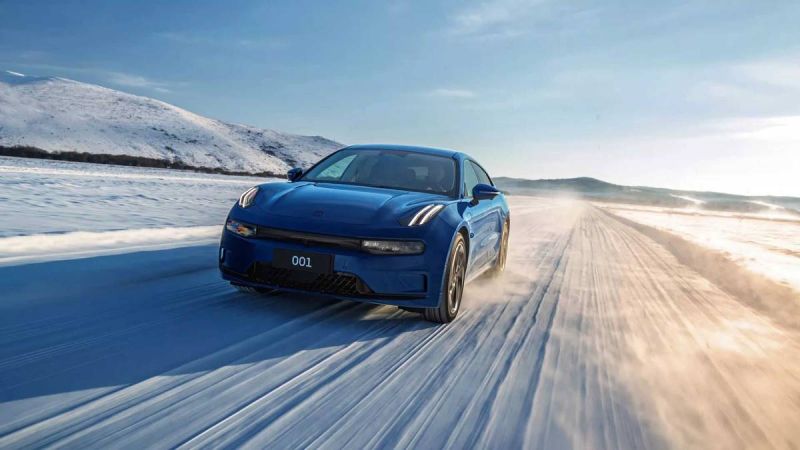





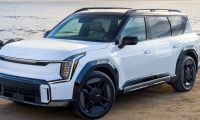
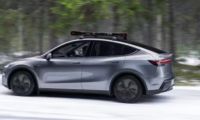
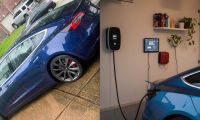
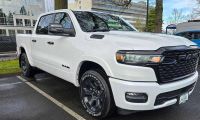
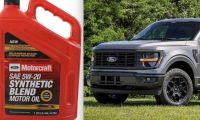
Comments
This is a really good tip…
Permalink
This is a really good tip particularly to those fresh to the blogosphere. Brief but very precise info… Many thanks for sharing this one. A must read post